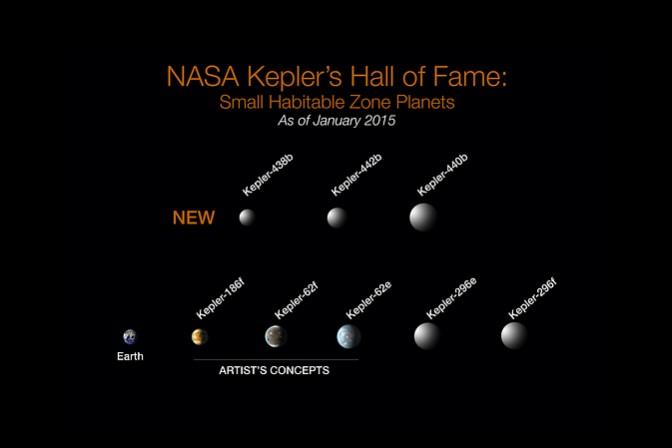
Eight new planets have been discovered by scientists that fit into the habitable zone of their respective stars and two among them are most similar to earth.
The new "worlds" that could potentially sustain life have been found in the "Goldilocks" zone of their stars, which means they are at the correct distance allowing the possibility of water and life.
The discovery was announced by lead author of the report, Guillermo Torres, at a meeting of the American Astronomical Society on Tuesday. The finding has also been published in the Astrophysical Journal.
"Most of these planets have a good chance of being rocky, like Earth" Dr Torres from the Havard-Smitsonian Centre for Astrophysics in Cambridge, US said. "For our calculations we chose to adopt the broadest possible limits that can plausibly lead to suitable conditions for life."
These planets add to the number of smaller planets already discovered that are less than twice the diameter of Earth, believed to be within the habitable zone of their respective "suns".
Scientists have claimed that among the eight discovered, two are the most similar to Earth of any known 'exoplanets' mentioned till date.
The two most Earth-like planets are called "Kepler-438b" and Kepler-442b". Both the planets are said to orbit their respective red dwarf stars that are smaller and cooler than our Sun.
Kepler-438b is located some 470 light-years away from Earth and it completes one full revolution of its star every 35 days. The Kepler-442b, on the other hand, completes one orbit every 112 days and is 1,100 light-years away.
Kepler-438b has 70 percent chance of being rocky and is only 12 percent bigger than Earth, scientists have calculated. Kepler-442b is about one-third larger than Earth and it is 60 percent likely to be rocky.








